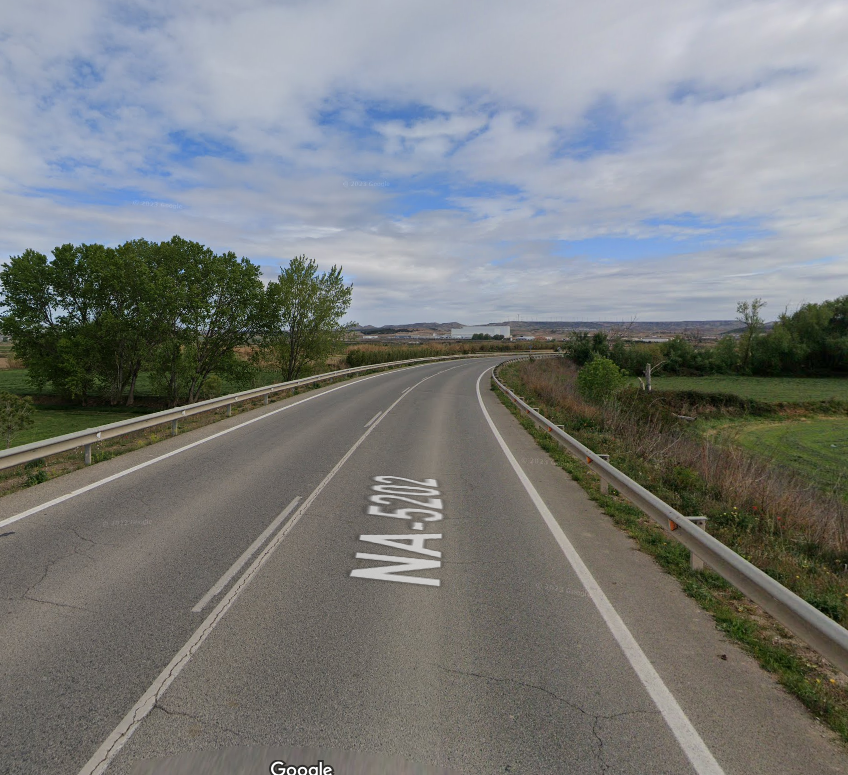Stick waving at the patron saint
We are in a proper river valley. We are going to cross the Ebro and then advancing towards a settlement, tucked between hills, fields and the river. Fustinana, for that is its name, has 2451 inhabitants, as of 2024. The town belonged to the Knights of St John from 1189 and they held it until 1837. Like many places round here the population was on the rise since 1842. It dipped a little after 1950 but picked up again since 1991 and is now only a little short of te 2606 peak.
I am going to quote wiki here because the Spanish version of it carries much pon festive stick weaving.
‘The patron saint festivities in honour of Saints Justo and Pastor are celebrated from 5 to 12 August. The festivities begin with a good lunch before the chupinazo (the rocket), which marks the beginning of these festivities. The rocket, the broth, the bull runs, the young bulls, the procession, the popular meals, the concerts, the street parties, the “Riau Riau”, etc. are the main events that are celebrated during these festivities and that are very popular. Until the beginning of the century, a paloteado was danced on the day of Saints Justo and Pastor. Eight dancers, a mayoral and a shepherd took part. It was revived by the Barde-Ribera dance group in 1979 and was danced until 1993. In 2009, the “Paloteado” was revived thanks to the work of former paloteadors, and it was very popular with all the people who came to see it. In 2010, women joined the Barde-Ribera group and the team has now been expanded with numerous new members. The paloteado (stick-waving) at the patron saint's festival in 2011 was enriched by the new outfits worn by the paloteadoras (women).’
Likewise the Virgin of the Rock desevrs a mention.
‘In honour of the Compatrona, the Virgin of the Rock, the festivities are celebrated on the third weekend of November, lasting from Saturday to Tuesday, with Sunday being the big day. During Saturday and Sunday a large bonfire is placed in the centre of the square, and at night, hundreds of kilos of walnuts are thrown from the balconies of the Town Hall, gathering hundreds of people in the square to collect them. At the end, a collection of fireworks is set off and free wine is distributed in the "Camporta". On Sunday, the traditional auroras to the Virgin of the Rock by the Auroros of Fustiñana and the reveilles by the Music Band are held, which the custodians receive with a succulent breakfast to gather strength for that morning. Later, the procession of the Virgin takes place through the streets of the town and at night the throwing of walnuts is repeated. Nine days before, the novena in honour of the Virgen de la Peña begins, which is attended by many people and where people sing and pray with great fervour. The Monday of the festivities is the day of the calderetes. The whole town, together in families, groups of friends, etc., gather in the square to prepare their own food with the ingredients provided by the depositaries, the town's family that is in charge of preparing the festivities every year. In some years, more than 120 calderetes have been counted. And on Tuesday, the last day of the festivities, the festivities are dedicated to children, with a meal and games, and for the older people there is usually a popular meal of beans. To cover the expenses of the festivities, a popular collection is held on the third Sunday in September throughout the town. People come with a small mantle of the Virgin and a bag to put the money in, managing to collect around 15,000 Euros in approximately 2 hours.’
A current note. The town decided to twin with Castets in France last year.
I think we have enough reading so I will leave you with a single place to visit, Forja Artistica. http://zatorre.es/ It appears to be an unreviewed art gallery. Please find time to go there and find time to do so.









Comments
Post a Comment